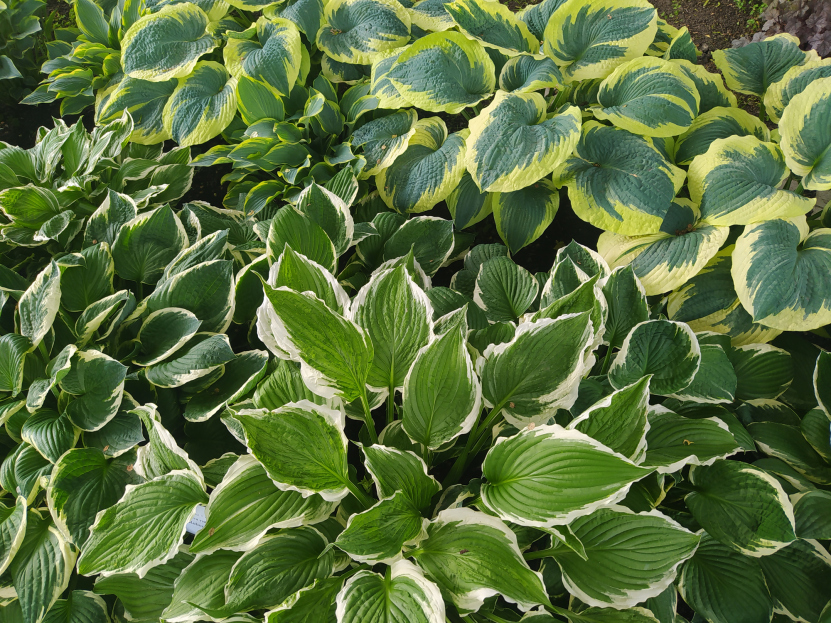
Hostas, also known as plantain lilies, are prized for their lush, textured leaves and ease of care. With a wide variety of leaf shapes, sizes, and colors—from cool blues to vibrant greens and creamy variegations—Hostas add elegance and interest to shaded areas in the garden. Though primarily grown outdoors, smaller varieties can also be grown in pots on patios or even indoors with the right conditions.
Whether you're planting a tranquil shade garden or just want a dependable, low-maintenance perennial, Hostas are a timeless favorite. Here’s how to care for them:
Hostas thrive in partial to full shade, although some newer varieties can tolerate more sun. In general:
Too much direct sun can lead to scorched leaves, especially in warmer climates.
Hostas like consistent moisture, especially during the growing season. Water deeply to encourage strong root growth, aiming for about 1 inch of water per week, including rainfall.
In dry spells or hotter weather, increase watering frequency. Water at the base of the plant to keep the foliage dry and prevent fungal issues.
Mulching around the base helps retain soil moisture and keeps roots cool.
Plant Hostas in rich, well-draining soil with plenty of organic matter. They prefer slightly acidic to neutral soil (pH 6.0–7.5). When planting:
Mulch lightly to prevent weeds and retain moisture, but keep it away from the crown to avoid rot.
Feed Hostas in early spring with a balanced, slow-release fertilizer or compost. A second, lighter feeding in mid-summer can help fuel growth, especially for large or vigorously growing varieties.
Avoid heavy fertilization, as it can encourage pests like slugs and may lead to overly soft growth.
Hostas are low-maintenance, but a few simple practices help keep them looking their best:
Hostas are generally easy to care for, but they can attract a few common pests:
Spacing plants for airflow and watering at the base can help prevent disease.
Hostas can be divided every 3–5 years to rejuvenate growth or create new plants:
Many small to medium Hostas do well in pots. Use a well-draining potting mix, water regularly, and protect container plants from extreme heat or cold. Container-grown Hostas may need winter protection in colder zones or should be overwintered in a sheltered area.